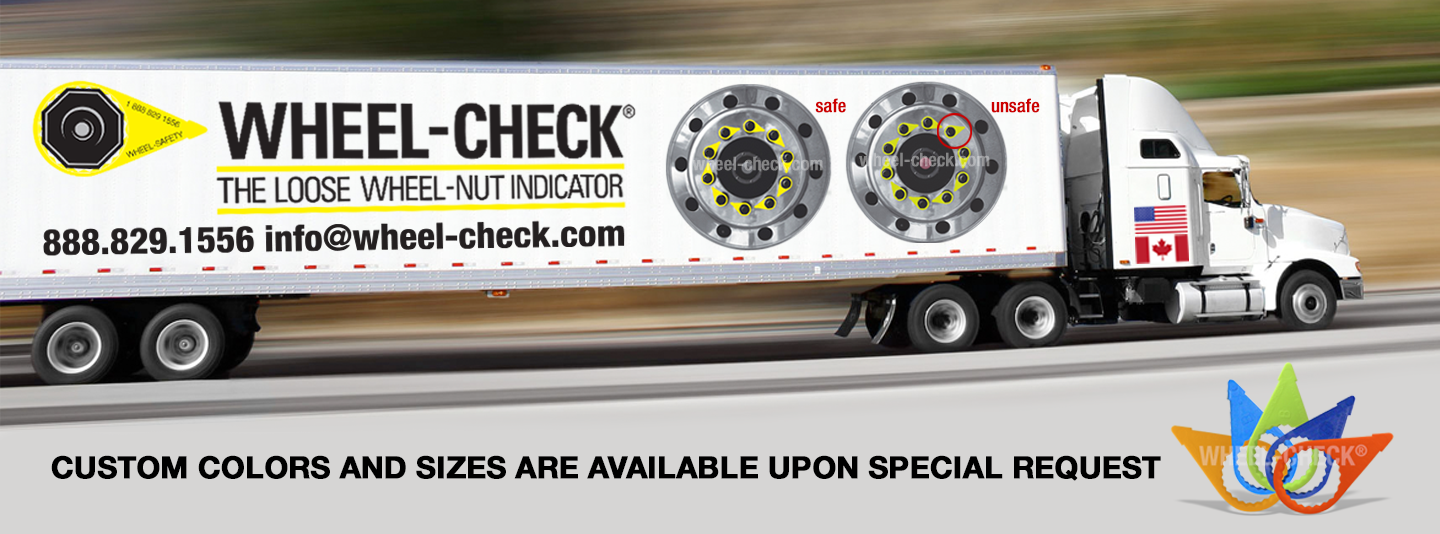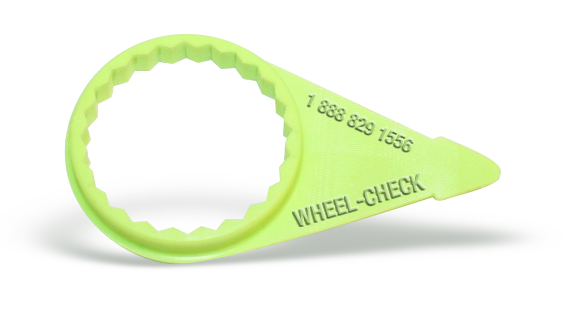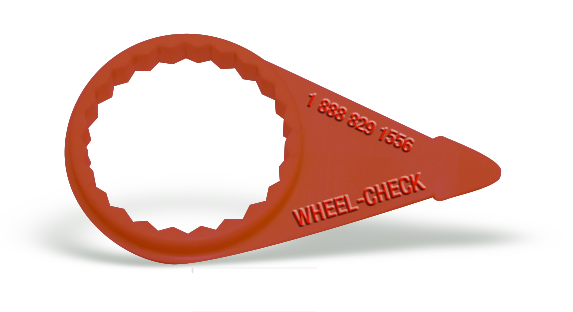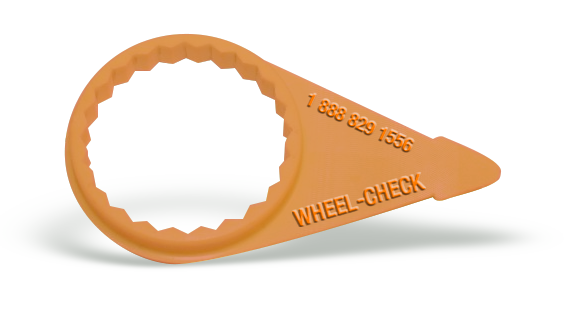

FAILURE ANALYSIS
TRUCK TIRE/ WHEEL SEPARATIONS
Over the last few months a seemingly high incidence of accidents related to truck wheel separations has been reported in the news. Separations of such massive wheel assemblies from moving vehicles often cause extensive damage to vehicles and/or structures entering into their path. Motorists and pedestrians have little protection or defence against such unpredictable projectiles.
There have been nearly 90 reported incidents of flying truck wheels in Ontario in the past 14.5 months – more than half of them this year, reports a recent Toronto Star article. Such a high rate of incidence has prompted many agencies to crack down on truck drivers. Operators and maintenance groups in an effort to reduce the likelihood of recurrence. Despite all the recent media attention the problem of wheel separations is not new.
In the early 1990’s, a U.S. organization called the National Transportation Safety Board prepared a special investigation into medium/heavy truck wheel separations. They reported that wheel separation accidents constituted about 0.3 percent of all truck accidents. From January 1989 to December 1991, fatal accidents resulting from wheel separations totalled 24, compared to 12,300 medium/heavy truck fatal accidents for the same period. Four fundamental causes of wheel separations were presented in the report; loose and overtightened fasteners, bearing failures, and disc failures. The causes presented were mainly attributed to improper maintenance and overloading.
In the investigation it was noted that the number of wheel separations was probably underreported, since accident reports were normally only initiated if the separation resulted in damage or injury. Also, variances were revealed in the manner in which agencies within the transportation industry reported accidents.
For instance, in some cases reports did not distinguish between wheel separation and tire failure accidents. The database used to determine the frequency of wheel separation accident was somewhat unreliable due to a lack of standardized reporting procedures within the transportation industry.
As a motorist your option to defend against a collision with a separated wheel assembly is severely limited as it is primarily situation dependent. The suddenness of wheel separation and their seemingly random trajectories greatly reduces the possibility of avoidance. Defensive driving techniques primarily centre on keeping a safe operating "halo" void of other motor vehicles (especially trucks) around your vehicle. This "halo" may be achievable while driving in low to moderate traffic density conditions. It is less of a realistic option during high traffic density conditions. Another option is to watch for smoke or fumes emanating from truck wheel assemblies as this is a symptomatic sign of overheating and may indicate that a wheel or tire tread separation is about to occur. If you do see such a condition increase your distance from the suspect vehicle. If it can be done so safely (i.e. by car phone) warn the truck driver or authorities of the condition.
The information contained in this web site is intended for marketing purposes only. It is not all-inclusive, and does not fully describe the many and varied services that the company provides, nor does it completely describe the education, training, skills, or expertise of our staff.
http://waltersforensic.com/articles/failure_analysis/vol6-no1.htm

WHEEL-CHECK®: High visibility loose wheel-nut indicator

WHEEL-TORQUE: Red torque indicator used to mark a nut has backed off, and maintenance is aware of the problem

WHEEL-CHECK®, HIGH TEMPERATURE: Loose wheel-nut indicator that withstands higher temperatures

WHEEL-CHECK®, CUSTOM COLORS: Custom colors and sizes are available upon special request.
© All Rights Reserved. WHEEL-CHECK®, THE LOOSE WHEEL-NUT INDICATOR. "Over 25 years helping roads to be safer."
*The use of Wheel-Check® in no way guarantees wheel-offs will NOT occur.